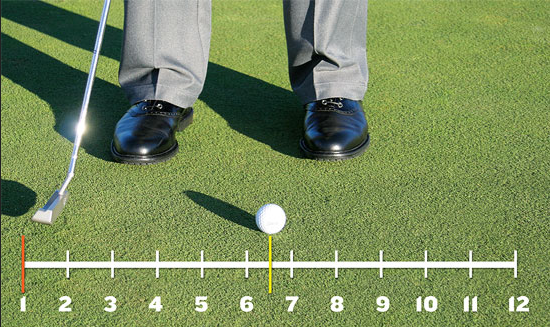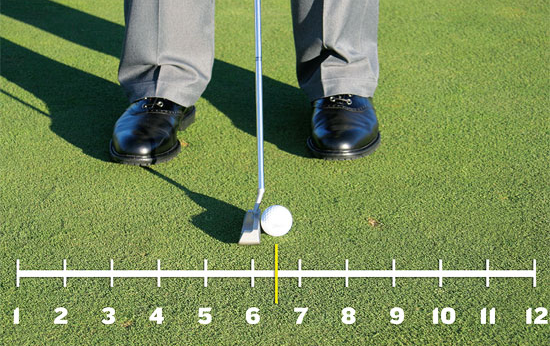Mastering The Art Of Putting
By Chris Foley
Over the course of the season, in each issue of Tee Times we will cover an aspect of putting in this column. Becoming a great putter is part of the game that doesn’t require exceptional athletic ability, great club head speed, or a great deal of time and energy. It is the area of the game were the average player can be of similar skill level to the elite level player. With the right information and with a commitment to practice, your putting will improve, and your scores will get better!
We can break putting into the following areas; the set-up, stroke mechanics, distance control, and green reading.
This month we are going to focus on the stroke mechanics. The basis of good stroke mechanics is the set-up. As we discussed in the last issue of Tee Times, commonalties of the set-up of great putters include the following.
- The player is bent from the hips so that the shoulder line is slightly outside of the toe line. The lower half of the back is flat, and the shoulders are relaxed.
- The position of the head and eyes are over the ball to slightly inside of the golf ball.
- The putter shaft is an extension of the forearms and the forearms and upper arm create an angle.
- The eyeline, shoulders, and elbows should all be parallel to the target line.
- The player’s balance is centered heal to toe in the feet and slightly favoring the lead side.
- The face of the putter is aligned square to the intended starting line with the ball in the center of the clubface.
Once in a good set-up the goal of the stroke mechanics is to start the ball on the correct line at the proper speed.
To ensure that the ball is hit in the center of the clubface and on the correct line the player should have very stable lower body. Keeping the connection of the arms to the upper body, the putter should be moved back and through with the shoulders and arms. There is very little movement of the hands and wrist.
With this connection and because the putter shaft sits at an angle, the putter head moves on an arc, not straight back and through on the target line. With the club head moving on the natural arc it is seeking, it has the best chance of returning to impact with the face square to the target line.
The biggest influence on distance is the length and the pace of the stroke. Players with the best distance control tend to have very symmetrical strokes; the length of the backswing and the forward swing are very similar. If the putter swings back eight inches, it swings past impact eight inches. As the swing gets longer the speed of the putter head increases. As a ratio, the perfect speed is 2:1. The amount of time that it takes the putter to get to impact is twice as fast as the back swing.
By focusing on getting into an efficient set-up and swinging the putter with a stable body and connection of the arms and shoulders you will have the best opportunity to hit the ball on your intended line at the proper pace.




